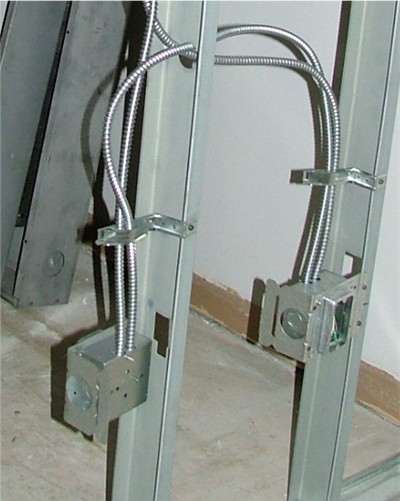- Location
- Windsor, CO NEC: 2023
- Occupation
- Hospital Master Electrician
Nuts, you saw it too quick - I'm glad the "eye" joke didn't offend, I wasn't making a code-noticing reference, but Yoda's crosseyed in your picture. 
Not to over-analyze my own joke or anything...
Not to over-analyze my own joke or anything...





